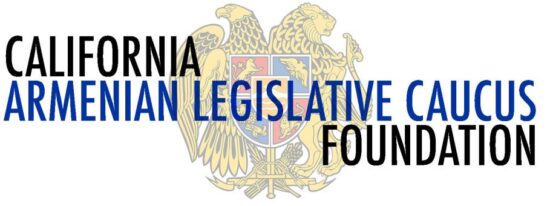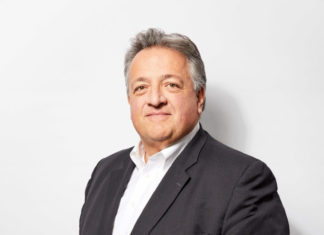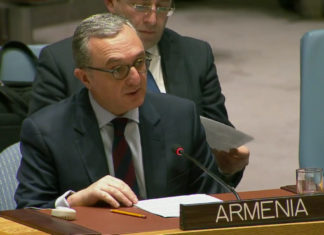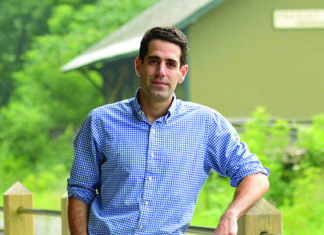By Alin K. Gregorian
Mirror-Spectator Staff
WATERTOWN, Mass. — Political events of the past three decades have uprooted or altered the lives of many Armenians living in Middle Eastern countries. From Iran to Lebanon, and now Syria, Jordan, Egypt and Iraq, communities that seemed well-established — and well-heeled — now seem to have either shrunk dramatically or shifted as equally dramatically because of past, present or anticipated revolutions.
Two scholars studying Armenian diasporas shed some light on the changing nature of the Middle Eastern communities, once home to the largest Armenian Diaspora.
Prof. Ara Sanjian, director of the University of Michigan at Dearborn’s Armenian Research Center, suggested that in the past three decades, there has been a shift out of the Arab world for Armenians.
“If we take a very broad view since 1920, we see that there was an influx of Armenians in the Arab world and some migration of Armenians within the Arab world,” he said.
The revolution in Iran, he said, changed the dynamics. When Armenians left that country, he said, none went to Arab countries; instead, they all headed West.









